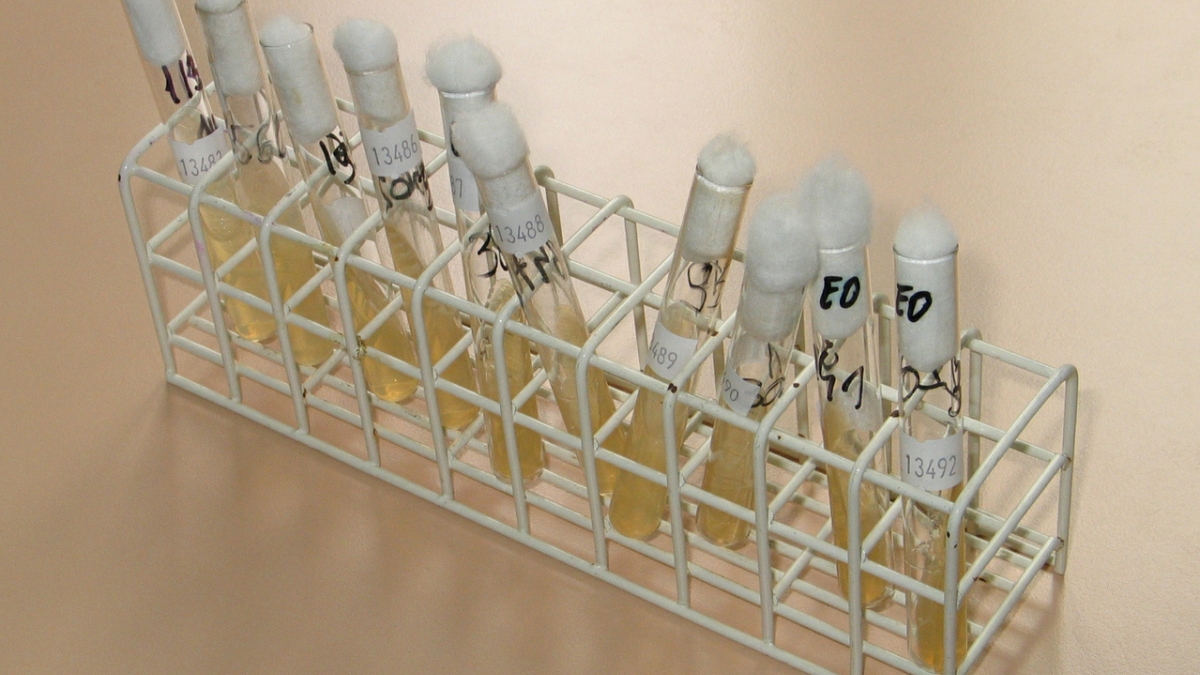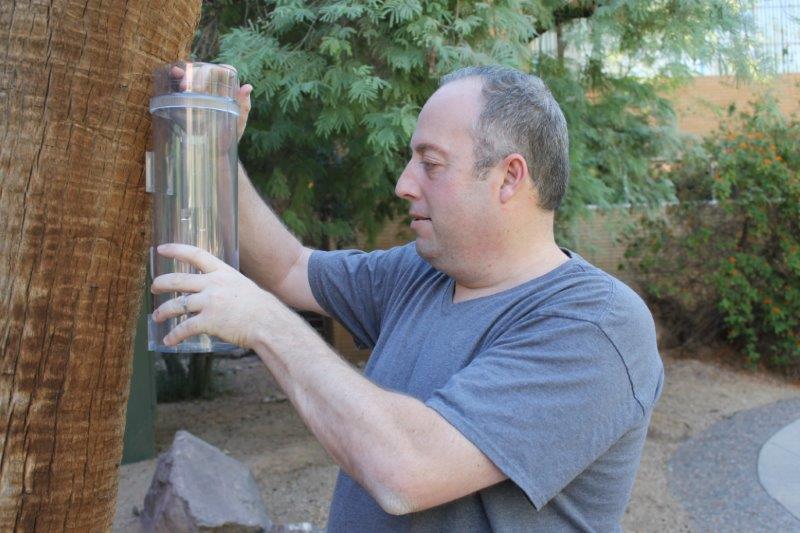ASU leads everyday people toward everyday science experiments
'Citizen scientists' learn to gather data to solve problems affecting their communities

Arizona State University has been at the forefront of getting ordinary people involved in “citizen science” — gathering information and learning to solve everyday problems.
“It’s exciting to see people get started with something they care about and learn how to collect data in service to a larger question they share with others in their community,” said Micah Lande, an assistant professor of manufacturing engineering in the Ira A. Fulton Schools of Engineering at the Polytechnic campus.
Lande and his collaborator, Darlene Cavalier, a professor of practice in ASU’s new School for the Future of Innovation in Society, have both spent years working on ways to get regular people to participate in science experiments that find solutions.
This week, ASU is holding a two-day Citizen Science Maker Summit 2016 at the ASU Chandler Innovation Center on Thursday and Friday. The summit, also sponsored by SciStarter, an ASU research affiliate, will bring together citizen scientists and makers, or inventors, to find ways they can help each other. There will be networking opportunities for makers, who can sign up for hands-on workshops, including one that will demonstrate how to cut materials with a jet of hot plasma.
Lande and Cavalier will run a session on how to create a database of citizen-science tools, and another workshop will feature people from government agencies discussing ways to create low-cost data-gathering instruments.

Micah Lande, an assistant professor of manufacturing engineering in the Ira A. Fulton Schools of Engineering at the Polytechnic campus, uses a metric rain gauge, part of a “citizen science” tool kit he helped to create.
Cavalier said that SciStarter already connects millions of people with projects they can do, and the summit will extend that matchmaking to connect people to the tools they need to carry out those projects.
"Citizen science is experiencing exponential growth in participation levels and in the number of opportunities to advance research,” said Cavalier, who is a founder of SciStarter.
“The demand for greater access to the instruments needed to contribute to, or analyze, data is outpacing the supply. The Citizen Science Maker Summit will bring together the manufacturers and designers of low-cost instruments and the citizen-science community to foster connections and, ultimately, find solutions to keep pace with the demand.”
The summit will also feature a “show and tell” segment on Thursday evening in which citizen scientists and makers will talk about the gadgets they use.
Lande and Cavalier, with support from the National Science Foundation, recently started working on the El Niño Citizen Science Program, which they are doing in partnership with SciStarter and GLOBE, the international Global Learning and Observations to Benefit the Environment program.
The two researchers attended a business boot camp, learning how to apply startup principles to the project. They realized that citizen volunteers needed access to tools and services to be more engaged. So they created a citizen-science experience in a box — a tool kit of supplies to perform one of four data-gathering protocols in the El Niño program — cloud cover, precipitation, soil moisture or surface temperature. The program is open to anyone of any age around the world. Citizens perform the experiment and then send in the data.
“Because of the high-quality data that needs to be collected, some items are more specialized or not easily found on Amazon, or a little more expensive,” Lande said. “For the precipitation protocol, there’s a metric rain gauge that measures rainfall to a level of refinement that you wouldn’t get from an everyday rain gauge.”
Lande said the team still is getting feedback on the kits but hope eventually to distribute them to schools and through the project website.
“It’s a really interesting community of intellectually and socially minded people who take this on as a hobby and as something they can really dive into to contribute to scientific investigation,” Lande said. “They can really play a part in better understanding issues in their community.”
___
To learn more about the Citizen Scientist Maker Summit 2016, click here.
To learn more about GLOBE and the El Niño Citizen Science Program, click here.
___
Top photo courtesy FreeImages.com
More Science and technology

ASU author puts the fun in preparing for the apocalypse
The idea of an apocalypse was once only the stuff of science fiction — like in “Dawn of the Dead” or “I Am Legend.” However these days, amid escalating global conflicts and the prospect of a nuclear…

Meet student researchers solving real-world challenges
Developing sustainable solar energy solutions, deploying fungi to support soils affected by wildfire, making space education more accessible and using machine learning for semiconductor material…

Miss Arizona, computer science major wants to inspire children to combine code and creativity
Editor’s note: This story is part of a series of profiles of notable spring 2024 graduates. “It’s bittersweet.” That’s how Tiffany Ticlo describes reaching this milestone. In May, she will graduate…